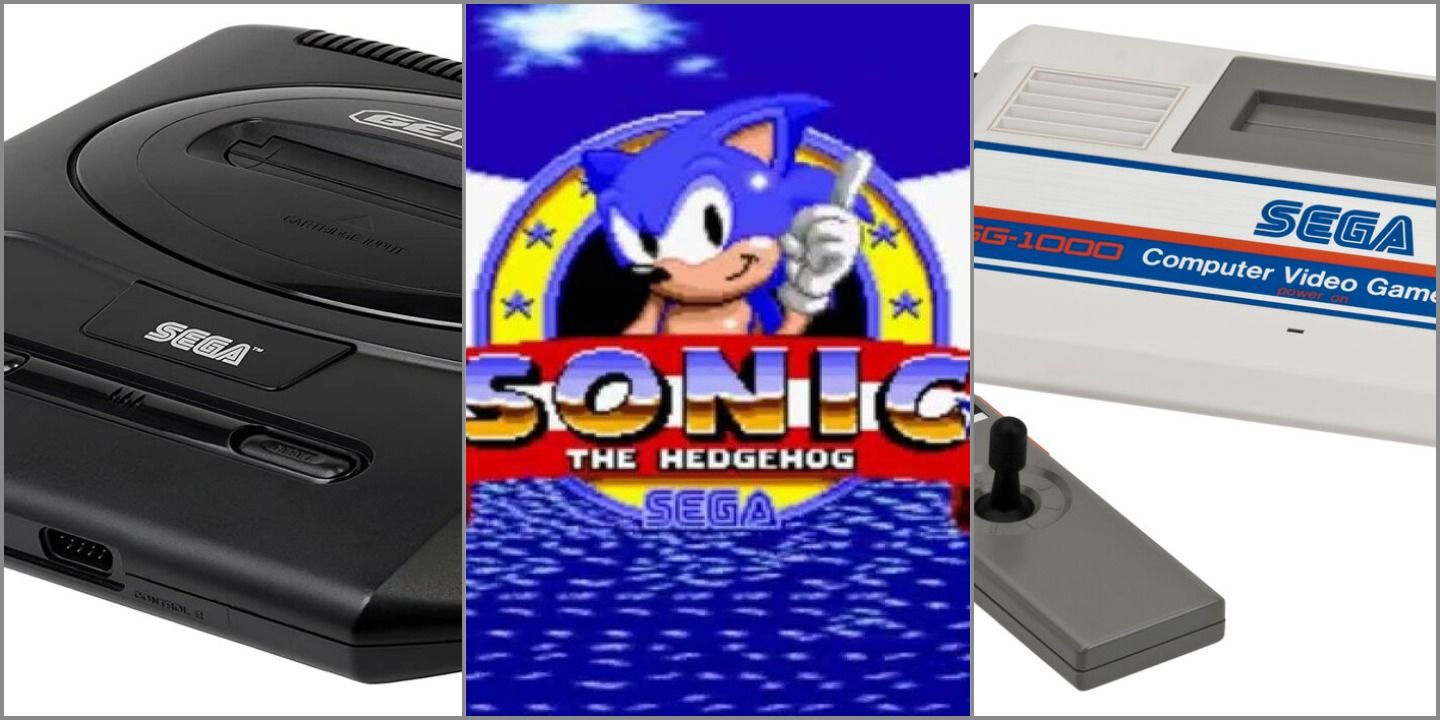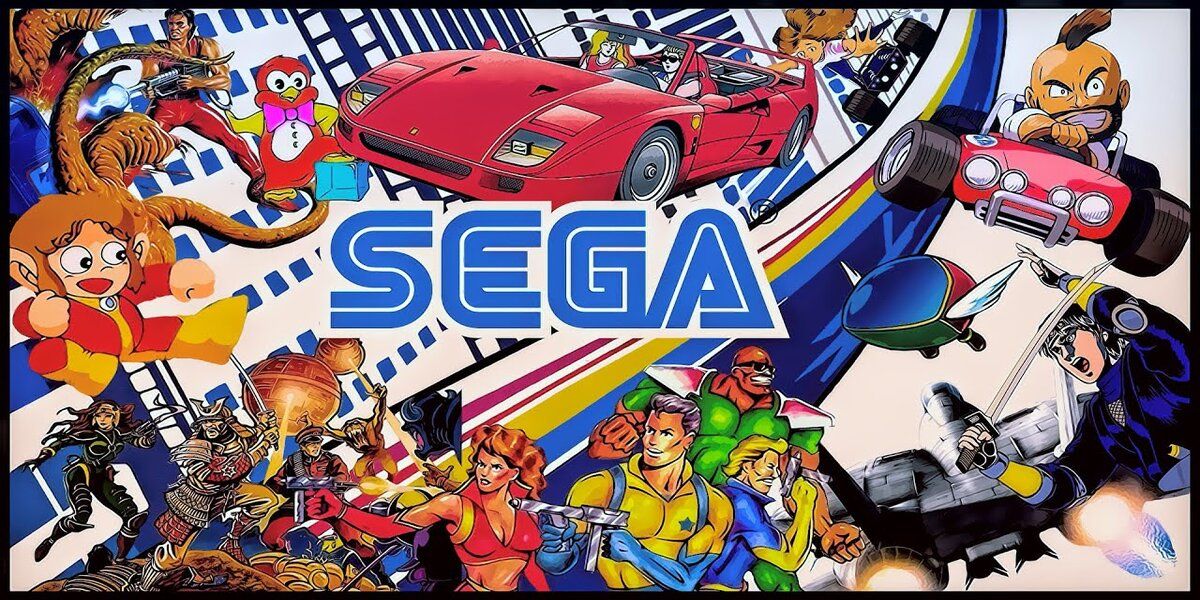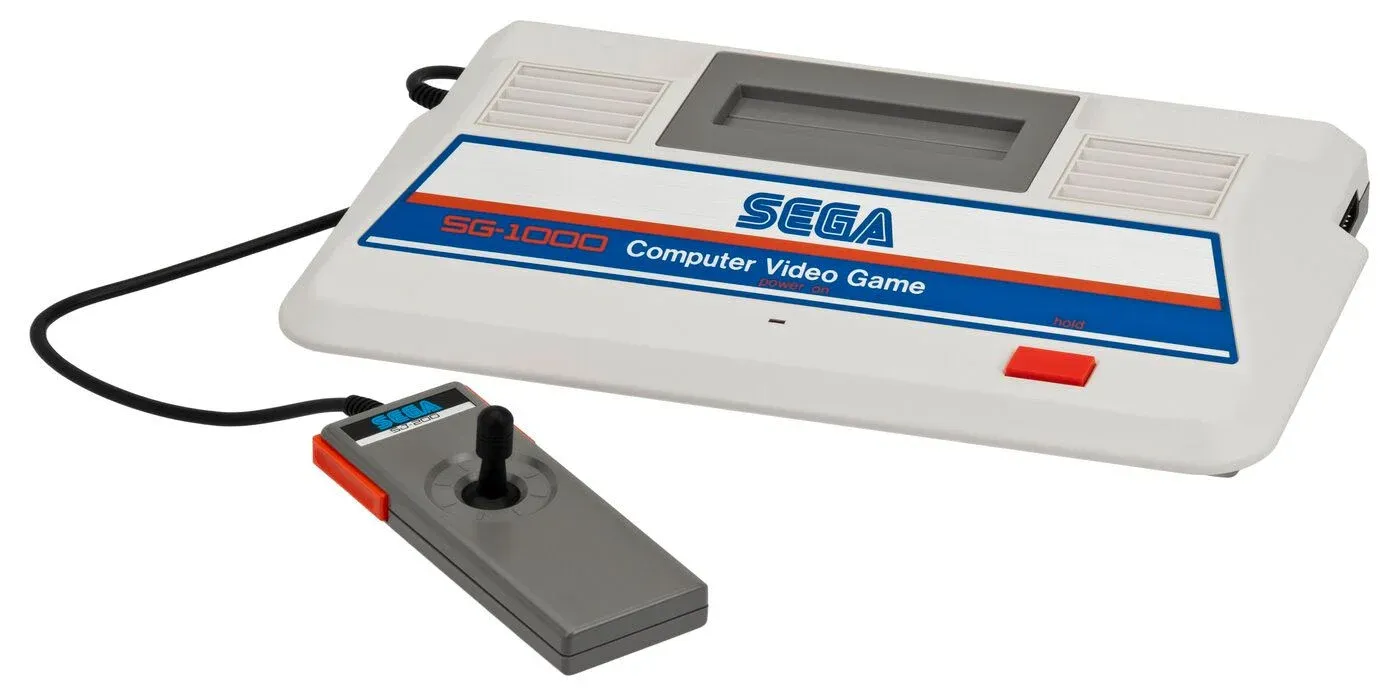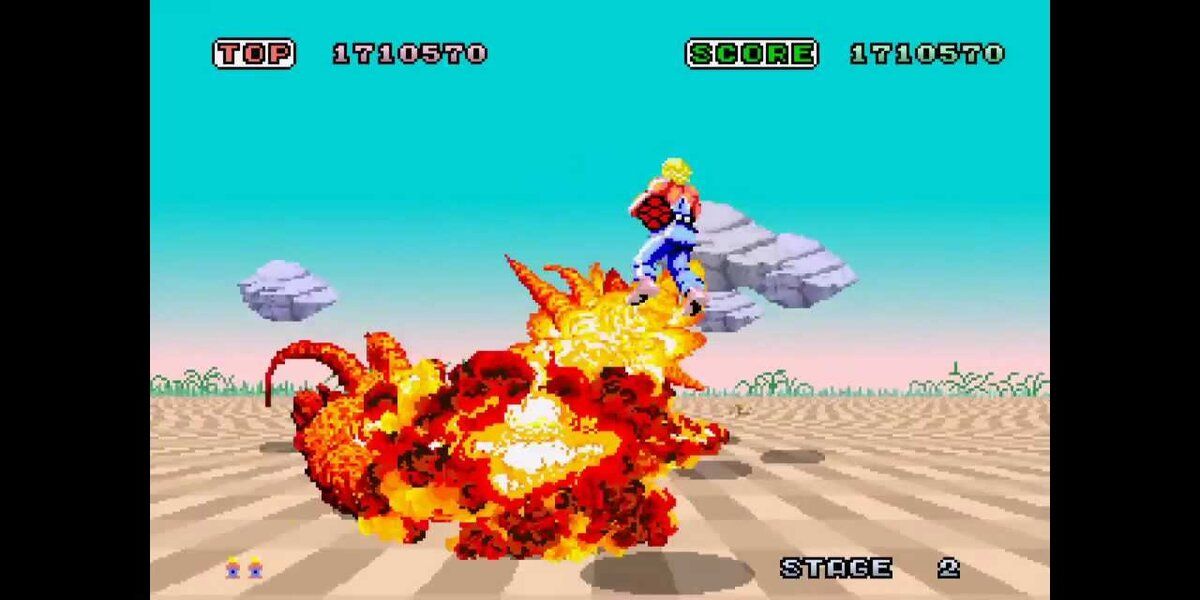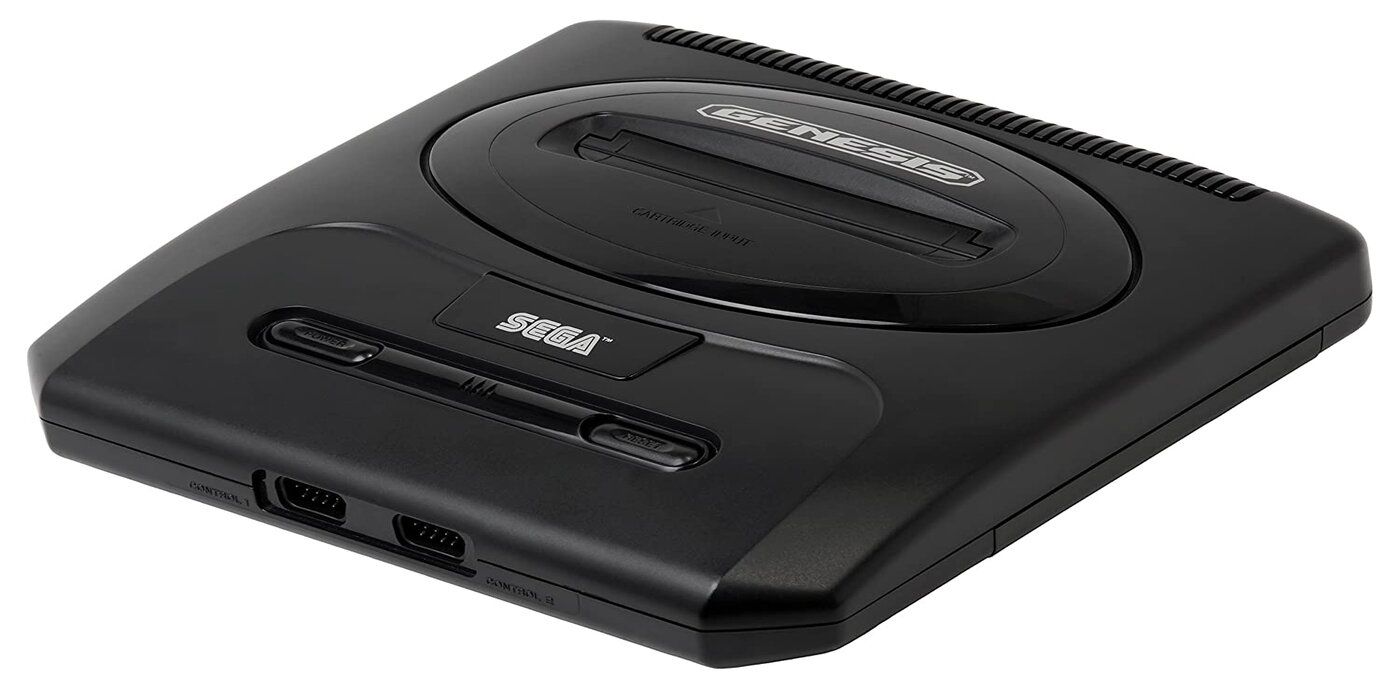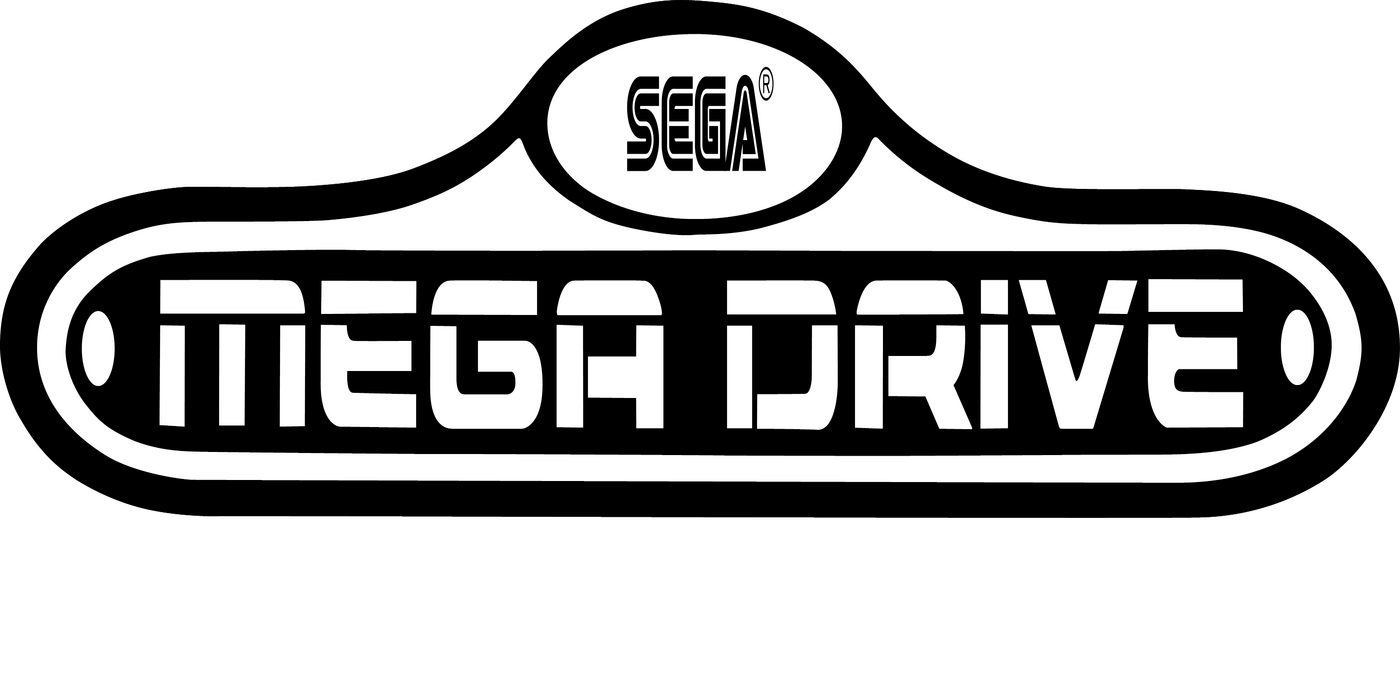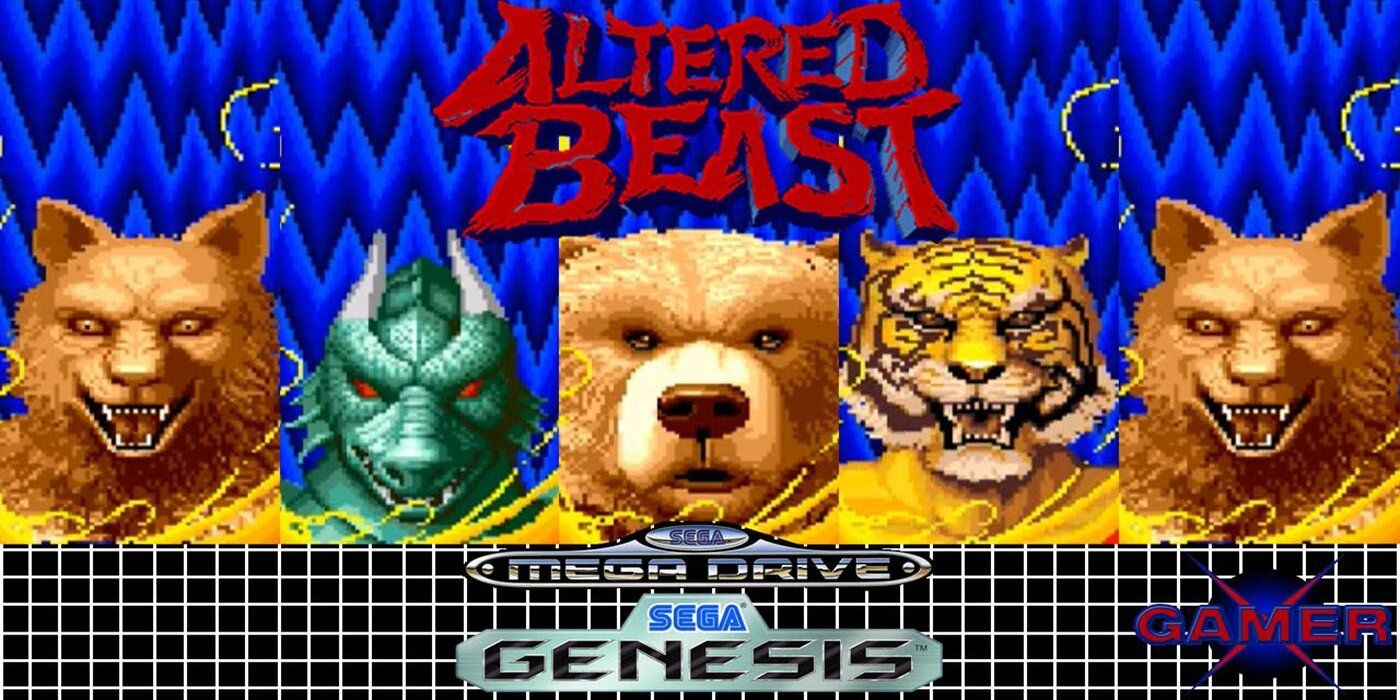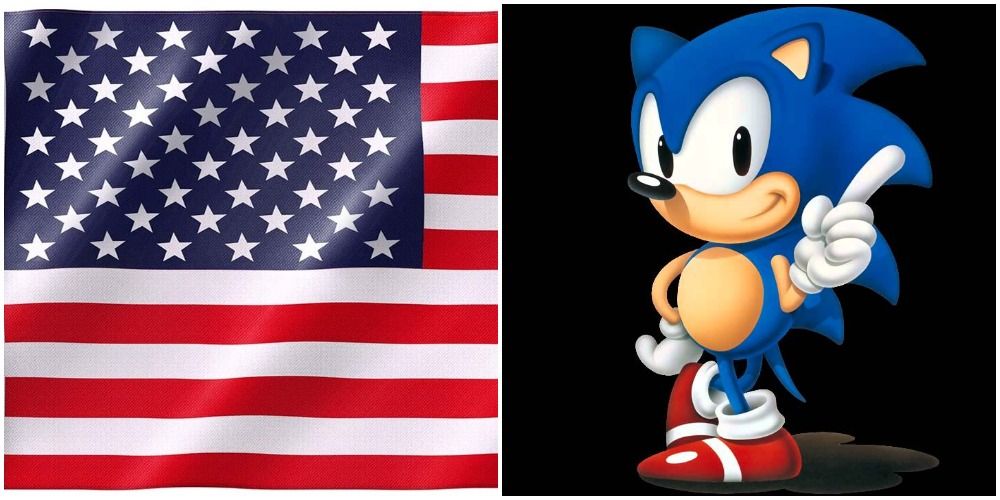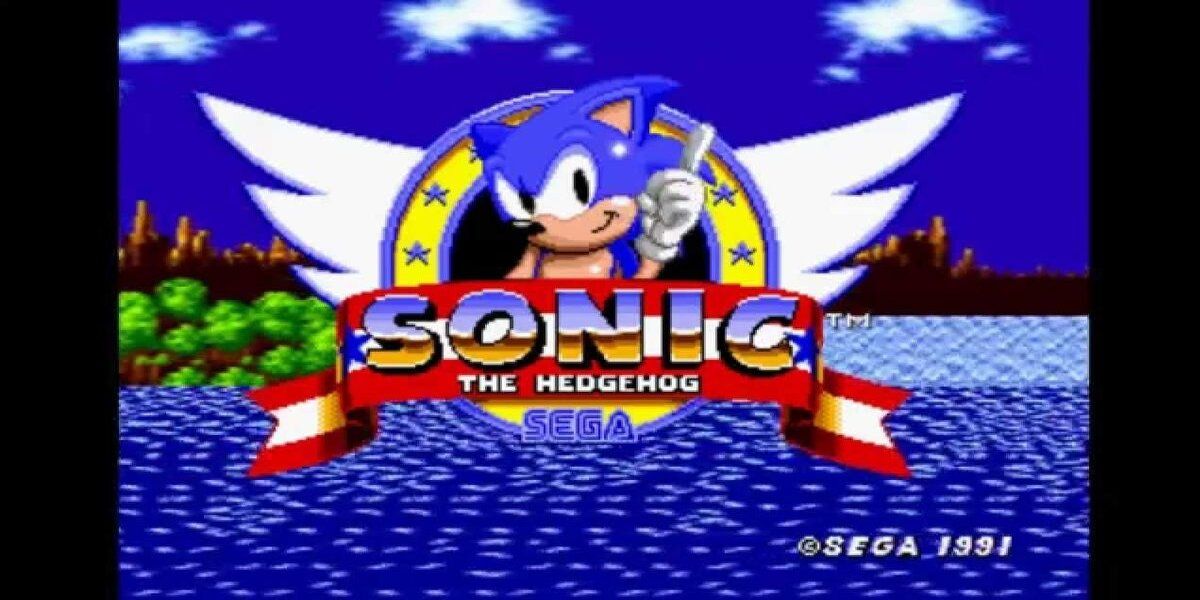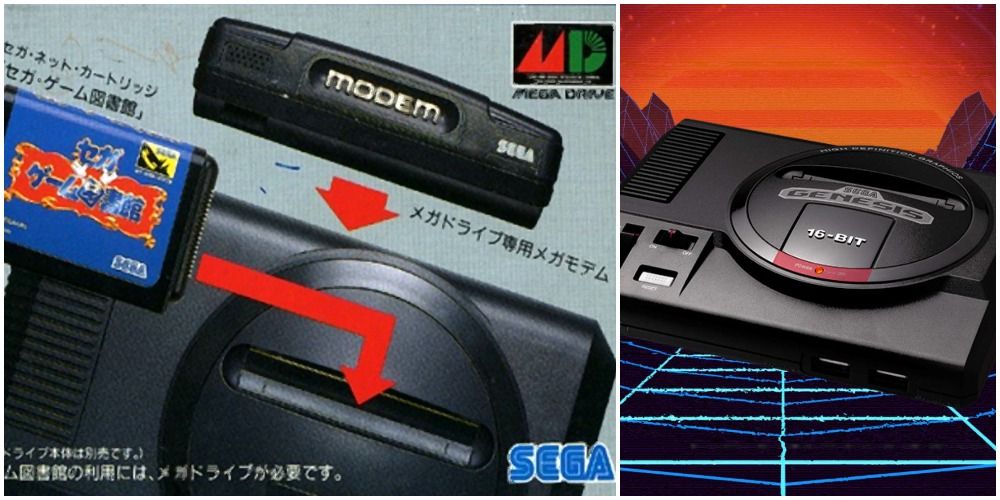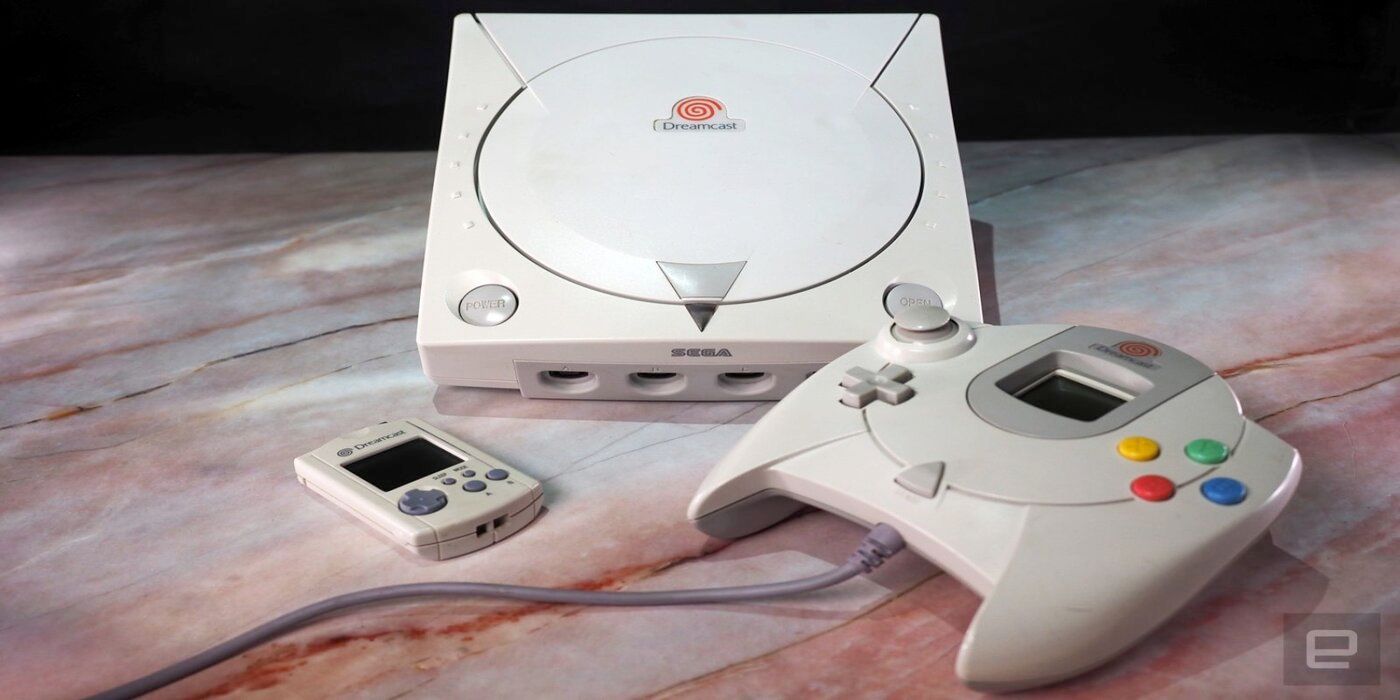Today the major players in the console arena are Sony, Nintendo, and Microsoft. This was not the case less than 30 years ago. Not too long ago one of the big players in the industry was SEGA, which had built quite the name for itself in the console market thanks to its 16-bit Genesis console.
Being able to compete with the technological marvel that was the SNES, the SEGA Genesis is widely considered to be one of the greatest consoles ever made. However, it was certainly no mean feat, and the journey through the console's development, production, release, and marketing is filled with more than a few interesting stories.
10 Arcade Origins
In the 1980s Sega Enterprises was one of the leading global arcade game manufacturers. The arcade business had been very profitable for both SEGA and its parent company — however, this would not last. In the mid-1980s the arcade industry began to experience a drastic decline. SEGA began to look at other avenues to maintain its profit margins, so in 1983 the company made the decision to enter the home console market, an industry that was still in its infancy.
9 Successful Yet Lackluster Predecessors
Before the release of the Genesis, Sega would begin experimenting in the home gaming market with the SG-1000. The console would actually outperform Sega's expectations and was by all accounts a solid piece of tech.
Despite this surprising success, Sega could not hold a candle to the industry's then-dominant force, Nintendo. Neither the SG-1000 nor its successor, the Master System, could compare to Nintendo's counterparts. In order to pierce the market (and begin one of the most legendary rivalries in gaming history) Sega's next console needed to be revolutionary.
8 Future Innovation, Past Inspiration
Sega came up with a plan to put the 16-bit processor used in its arcade consoles into their generation home console. Without going into too much technical detail, they would take the Sega System 16 Arcade board design and decrease the size to make it compatible with a home console. Additionally, Sega implemented two cutting edge CPU's in the Genesis design, namely the Motorola 6800 and the Zilog Z80, making the Genesis the most cutting edge console on the market at the time. The goal was to truly bring the power of an arcade system into the private home.
7 Design Inspired By Automobiles, Audio-Players
After doing some market analysis Sega concluded that the majority of Nintendo's audience were children, pre-teens, and eventually teenagers. Sega would build its market share on more mature audiences, namely older teenagers and adults. In order to appeal to this demographic, they based the physical appearance of the Genesis on audio-players and cars. Sega felt these two items were popular among older demographics, and that their target audience would, as a result, associate the Genesis with maturity.
6 North American Name Change
The Genesis is remembered by a much different name outside of the United States. In other markets, the console was sold as the Mega Drive. This name was also intended for the US market. However, the US branch of Sega decided to change the name to "Genesis." The new name was meant to be a symbolic title representing a new era of Sega in the American marketplace.
5 Lackluster Release
Marketing, logistics, hype, and launch titles are all important factors that will either make or break a console's launch. Sega, unfortunately, seemed to be lacking in the majority of these departments. The Genesis shipped with the now-forgotten Altered Beast. This, combined with the lack of a proper marketing strategy, created a situation where Sega could not keep up with the competition — namely Nintendo.
4 Focus On The US Market
Sega realized that it would never win the console war in Japan, Europe, and most other regions. Luckily, it still had a small chance at relevancy in the world's largest industry consumer, the United States. After appointing new regional management the company completely changed its marketing strategy, and even the console game bundle. With a new image and game plan as its driving force, Sega was ready for a comeback.
3 Enter The Hedgehog
The cavalry came in the form of Sonic the Hedgehog, which was immediately recognized as one of the greatest video games ever made. This would grab the attention of enough gamers for Sega to begin its comeback. The company followed up the success of Sonic with celebrity endorsements, an extremely aggressive marketing campaign, and a massive game library. All these factors would eventually lead to Sega overtaking Nintendo as the clear leader in the console market.
2 Online Gaming
One of the most impressive technological achievements of the Sega Genesis was that it offered competitive online play. Gamers could purchase an add-on modem that would connect them to Sega Net, which had a diverse library of games, of which some were multiplayer. While not widespread due to the internet itself not being mainstream at the time, this was nonetheless occurring in the 1990s, decades before the current multiplayer heavy console wars.
1 A Short-Lasting Victory
While Sega managed to be the market leader for many years, this victory would not last. Bad business decisions coupled with underestimating the long term potential of the Genesis would eventually lead to the console giant's demise. Nevertheless, while Sega no longer makes gaming consoles today, it is still one of the world's leading video game developers, giving this story an unexpectedly positive ending.

